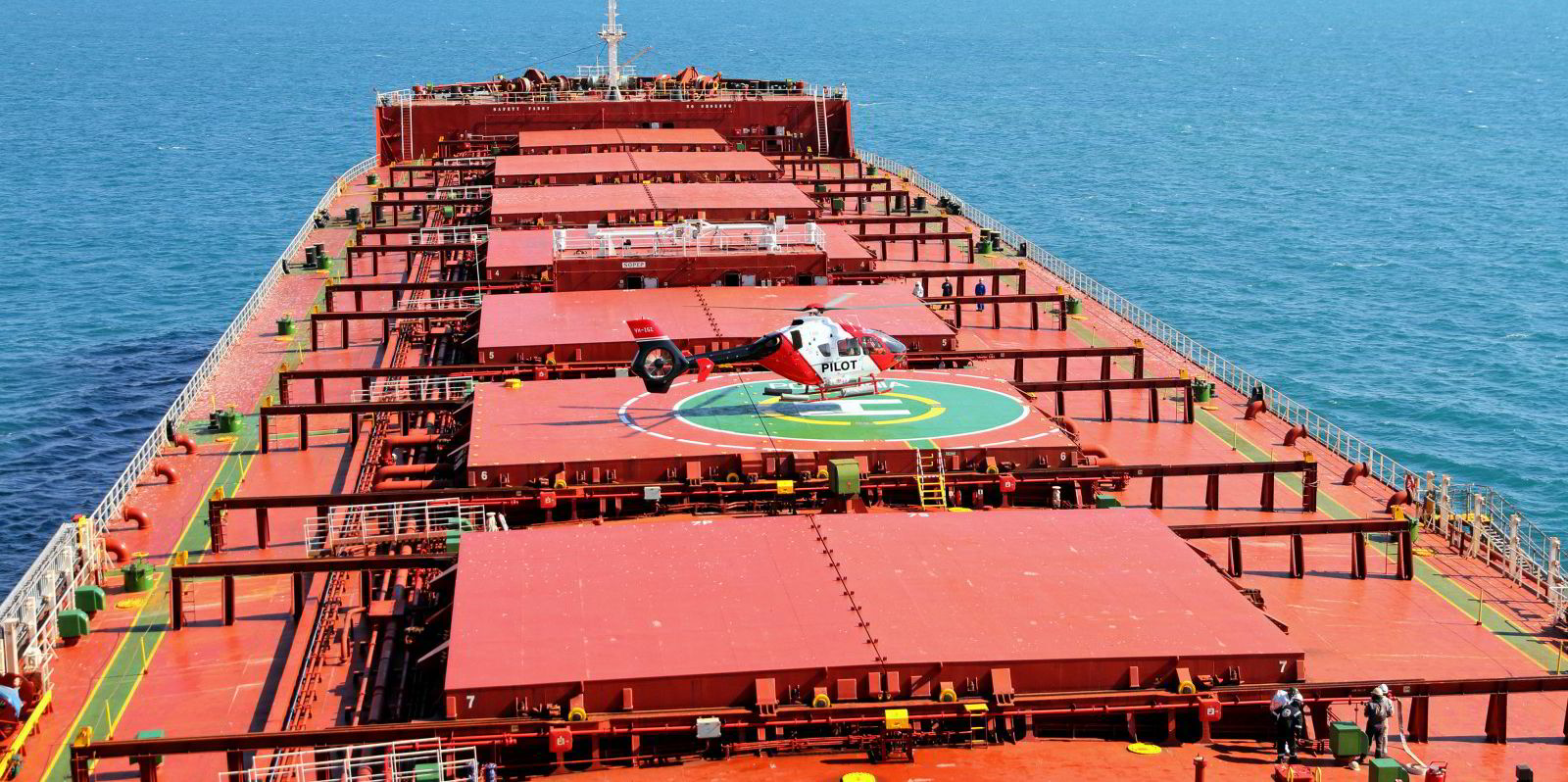China’s commodity demand has remained “relatively robust” despite its struggling economy, but longer-term the picture is less clear, according to the world’s largest miner.
BHP said on Tuesday that conditions in the iron ore market were “better in the second half” of the 2023 financial year than in the first half.
However, it warned that there were “two key uncertainties for the coming six months”.
“The first is how effectively China’s stimulus policy is implemented, especially in regard to real estate. The second revolves around the breadth, timing and severity of any mandated steel production cuts,” the company said.
BHP chief executive Mike Henry said on a media call on Tuesday that he expected China’s economy to “pick up toward the back end of this year”.
New-start property development was the biggest drag on steel demand, but “there are many parts of the Chinese economy that are actually running quite well”, including green technology and the automotive sector, he added.
BHP said the Chinese economy has been volatile since the zero-Covid policy was eased in December 2022.
“The March quarter saw a better-than-expected recovery in a range of sectors important to commodity demand, raising hopes of a strong year overall. However, that momentum did not carry over fully to the June quarter,” it said.
In the medium term, BHP said China’s demand for iron ore is expected to be lower than it is today as it moves beyond its crude steel production plateau and the scrap-to-steel ratio rises.
However, it expects demand for its products “from elsewhere in developing Asia” will “offset this to a degree”.
BHP said further growth is expected in India, which it forecasts will produce around 135m tonnes in 2023, a 35% increase since the beginning of the decade and that the Indian government is targeting 300m tonnes per annum of steel-making capacity by 2030.
For the 2023 calendar year, China and India are anticipated to lead a 2% recovery in global steel production, following a 4% decline in 2022, the miner said.
“In China, steel production was running at 1,080m [tonnes per annum] in the first half of 2023, with solid demand from infrastructure, power machinery, autos and shipping, offsetting weakness in new housing starts and construction machinery,” the company said.
“As we have seen in prior years, it is possible that we will see policies limiting steel production in China in the second half of the year.”
BHP said that at this stage it appears that China is on the way to producing more than 1bn tonnes of steel for the fifth consecutive year.
“That is consistent with our long-held view that China’s steel production would sit at a plateau in the 1.0 to 1.1bn tonne range in the first half of the 2020s,” it said.





